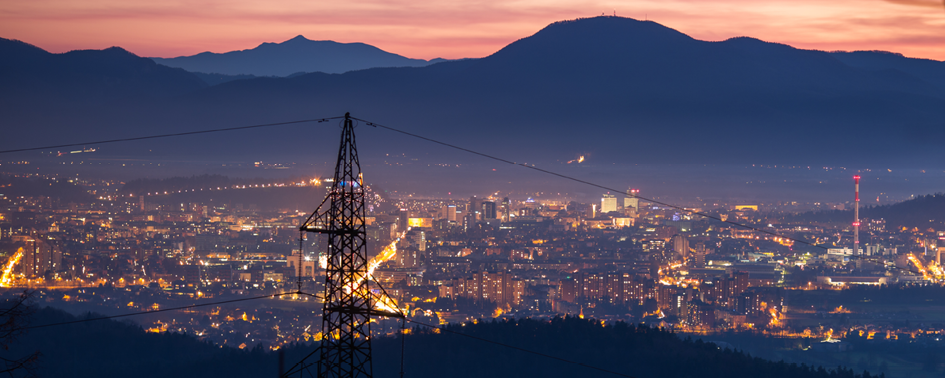By: Amy Pastor, Vice President of Sustainability
As concerns surrounding climate change continue to grow and industries are increasingly focused on minimizing environmental impact, designing for the future is more important than ever. To make critical strides in these efforts, decarbonization must be prioritized in new buildings and in restoring older buildings through innovative means.
Electrification is a growing strategy to address decarbonization in buildings and can enhance overall energy performance while reducing environmental impact. With this strategy, we must also take into account what the future of electrification looks like on our current grid system and how we can continue to meet the demands of our growing electric systems through effective conservation and efficiency. By effectively addressing the ramifications of electrification in the years ahead, companies can ensure they’re designing sustainable, resilient and future-ready buildings that won’t burden current infrastructure.
Incorporating electrification in building design
The main goal of electrification is to reduce our reliance on fossil fuels. Moving toward all-electric buildings will mitigate the negative impacts of the use of fossil fuels, which are commonly used for space heating, domestic hot water and cooking purposes. Electrifying these functions will lead to reduced emissions and increased energy efficiency. Removal of on-site combustion also improves air quality for building occupants. With the global move towards a cleaner grid, electrification allows buildings a direct path to low or no emissions.
In addition to environmental outcomes, designing buildings with lower operational carbon will lessen economic and societal consequences, such as extreme weather events, involuntary migration due to severe weather and societal polarization. Negative environmental effects, such as reduced air quality, affect the lives and health of those who live in communities surrounding the project. To mitigate societal impact, companies should ensure that communities affected by a building project are aware of the project’s impact and in some cases, should include the community in decision-making processes. By integrating sustainable building practices, companies can protect their communities and the environment from the dangerous effects of climate change.
Regulations and policies help drive this progress toward more sustainable communities and a healthier environment. According to Rocky Mountain Institute, 131 local governments in the United States have policies that require or encourage electrification in building design, and in Canada, nine provinces have put greenhouse gas reduction targets in place. As guidance and policies regarding building design continue to develop, companies will be responsible for adapting and implementing new strategies to meet these standards.
Remaining efficient in electrification efforts
Efficiency remains an important factor even as the industry moves toward electrification. Continuing to focus on efficiency ensures that the electric infrastructure is not burdened and does not become unaffordable. In addition to electrifying existing buildings, new buildings must be designed to work in harmony with the grid.
As sustainable projects like all-electric buildings and electric vehicle charging stations become increasingly common, the grid can become overwhelmed if the demand is not controlled. Companies must take active and passive electrification strategies into account when considering the burden on the grid.
The future of electrification, LEED v5 Blueprint for Energy + 2050 buildings
LEED v5 will be the newest version of the U.S. Green Building Council’s (USGBC) LEED Rating System. As a firm committed to supporting LEED projects, we have worked to continue progress that supports the built environment’s alignment with the Paris Agreement. The LEED v5 Blueprint includes Energy Credits that will focus on rewarding projects for electrification efforts, use of low or no-carbon refrigerants, inclusion of onsite renewable energy, reductions in peak thermal loads and performing commissioning.
The framework for LEED aims to define a 2050 building; buildings constructed today need to be ready for the future. From an Energy perspective, this means a building should be capable of running without on-site combustion, it should be designed with reduced peak heating, cooling and other energy loads, and include investments in renewable power.
Looking forward
Electrification continues to show itself as a dynamic and expanding strategy to confront decarbonization challenges. By anticipating and mitigating the future implications of electrification, companies can forge a path towards designing buildings that are well aligned with the needs of an evolving infrastructure to ensure a harmonious integration of progress and environmental responsibility.

